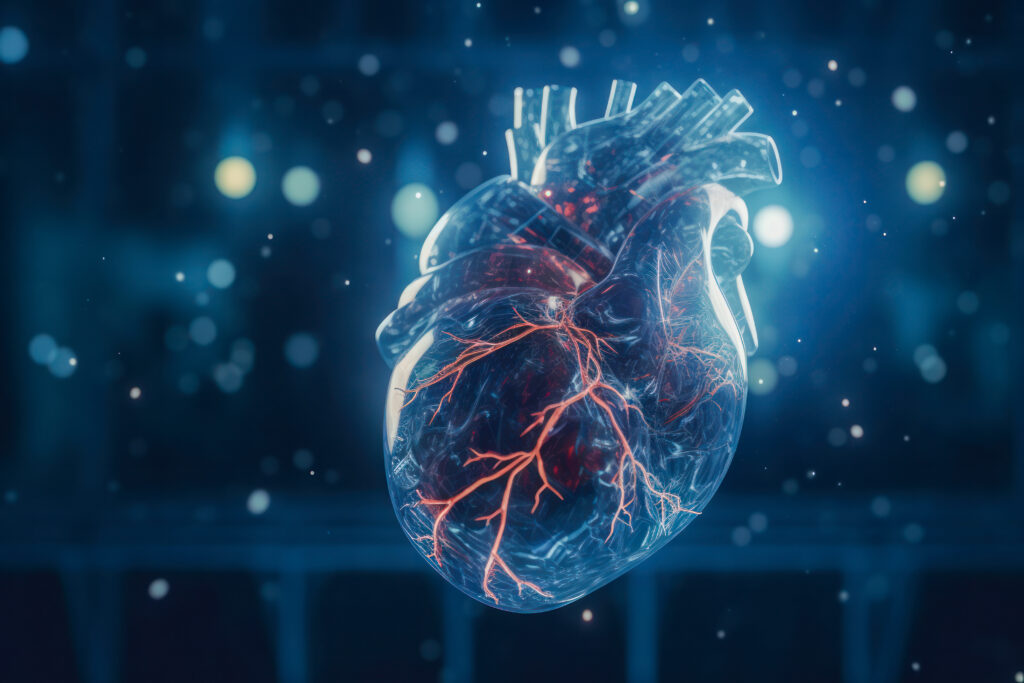Introduction: Premature ventricular contraction (PVC) is commonly seen on routine electrocardiograms. Most are deemed benign and inconsequential. However, in some patients with ventricular ectopic, left ventricular (LV) impairment is observed on imaging. This study aims to investigate whether suppression of PVC with cardiac ablation is effective at improving ejection fraction (EF) of patients with PVC-induced LV impairment.
Methods: Retrospective data were collected from a single centre from 2015 to 2022. The study included patients with LV impairment (ejection fraction [EF] <45% on imaging) who underwent cardiac ablation for ventricular ectopic. Patients with predominantly sustained ventricular tachycardia were excluded. Patients were stratified into right ventricle (RV) vs left ventricle (LV) ablation and outflow tract vs non-outflow tract ablation. Outcomes in each group were compared. Primary outcome was improvement in EF post-ablation.
Result: A total of 58 patients were included (age 61 ± 13 years, 36 [62%] males, body mass index 29 ± 6 kg/m2). One patient had complication related to cardiac ablation (acute left main stem occlusion) and four had unsuccessful ablations. Mean pre-ablation EF was 35%. Of the 58 patients, 45 (78%) had EF 30–45% and 13 (22%) had EF <30%. Median ectopic burden pre-ablation was 28% (18–40%). Median ectopic burden post-ablation was 3% (0.6–12.5%). Overall, 50% of patients showed complete normalisation on Holter monitor (ectopic burden <1%). Overall, post-ablation EF was 48 ± 10%. Improvement in EF was 13.6 ± 10%. Out of 58 patients, 50 (86%) showed improvement in EF of at least >5% and 30 (52%) showed complete normalisation of EF on post-ablation imaging. Of those who showed complete normalisation on Holter monitor, all had improvement in EF of at least 5% and 72% showed complete normalisation of EF. Five patients showed worsening of LV function post-ablation, of whom two had unsuccessful ablations. Of the 58 ablations, 23 (40%) were in the RV and 34 (58%) were in the LV, and 30 (52%) were outflow tract and 27 (46%) were non-outflow tract. One patient had ectopic that could not be located. In the RV group, improvement in EF was 16.4%, and 15 (60%) showed normalisation of EF. In the LV group, improvement in EF was 13.2%, and 15 (44%) showed normalisation of EF.
In the outflow tract group, mean improvement in EF was 15.7%, and 19 (63%) showed normalisation of EF. In the non-outflow tract group, mean improvement of EF was 13.1%, and 11 (40%) showed normalisation of EF.
Conclusion: Although relatively common and benign, PVCs can potentially lead to LV impairment. Cardiac ablation is a relatively safe and effective way of treating patients with PVC-induced cardiomyopathy, with a large proportion of patients showing improvement in EF post-ablation. Ablation of outflow tract ectopic showed relatively better improvement in LV function. Further studies with stratification of patients by demographical factors, Holter monitor and imaging findings, along with investigation of long-term outcomes following cardiac ablation would add invaluable evidence to the role of cardiac ablation in PVC-induced cardiomyopathy. ❑














